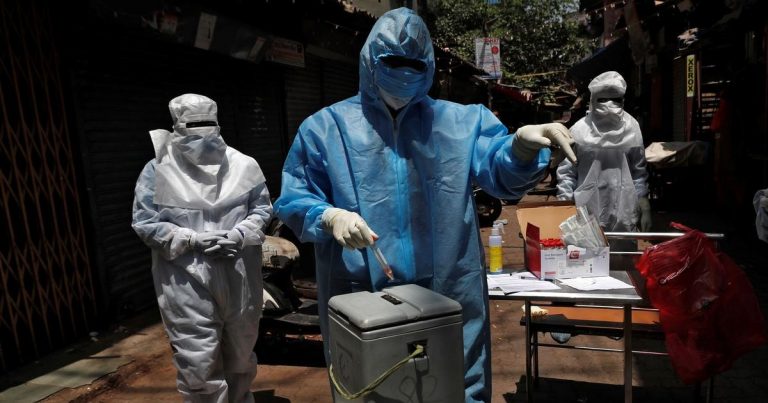[asvc_header_block title=”Integrated Disease Surveillance Program” subtitle=”India” header_font_size=”h1″ align=”center” fontsize=”medium” line=”0″] 

IDSP which has previously been used to track H1N1 influenza and measles is now used to monitor people across the country for COVID-19. In areas where workers identify clusters of disease, a containment zone is set up and everyone inside is ordered to stay at home. Social workers then go door to door to find people with suspected infections. If a person has symptoms, they are tested for the virus, along with members of their household and close contacts. People who test positive are taken to isolation units or hospitals.
FEATURES
- Tracking under the IDSP and checking the monthly records of acute respiratory infections (ARI) are monitored to identify clusters of disease. Areas with a concentration of COVID-19 cases have been declared containment zones across states. According to the number of newly identified COVID-19 cases, districts are categorized as Red Zone, Yellow Zone and Green Zone.
- Thousands of health-care workers are fanning out across the country for door-to-door collection of samples for testing and to trace and quarantine people who might have had contact with those with COVID-19.
ONGOING RESULTS
- Since monitoring efforts began, the program has helped identify more than 4,000 new cases, and put approximately hundreds of thousands of people under surveillance across the nation.
- Source(s): Scroll In, Business World, Nature

